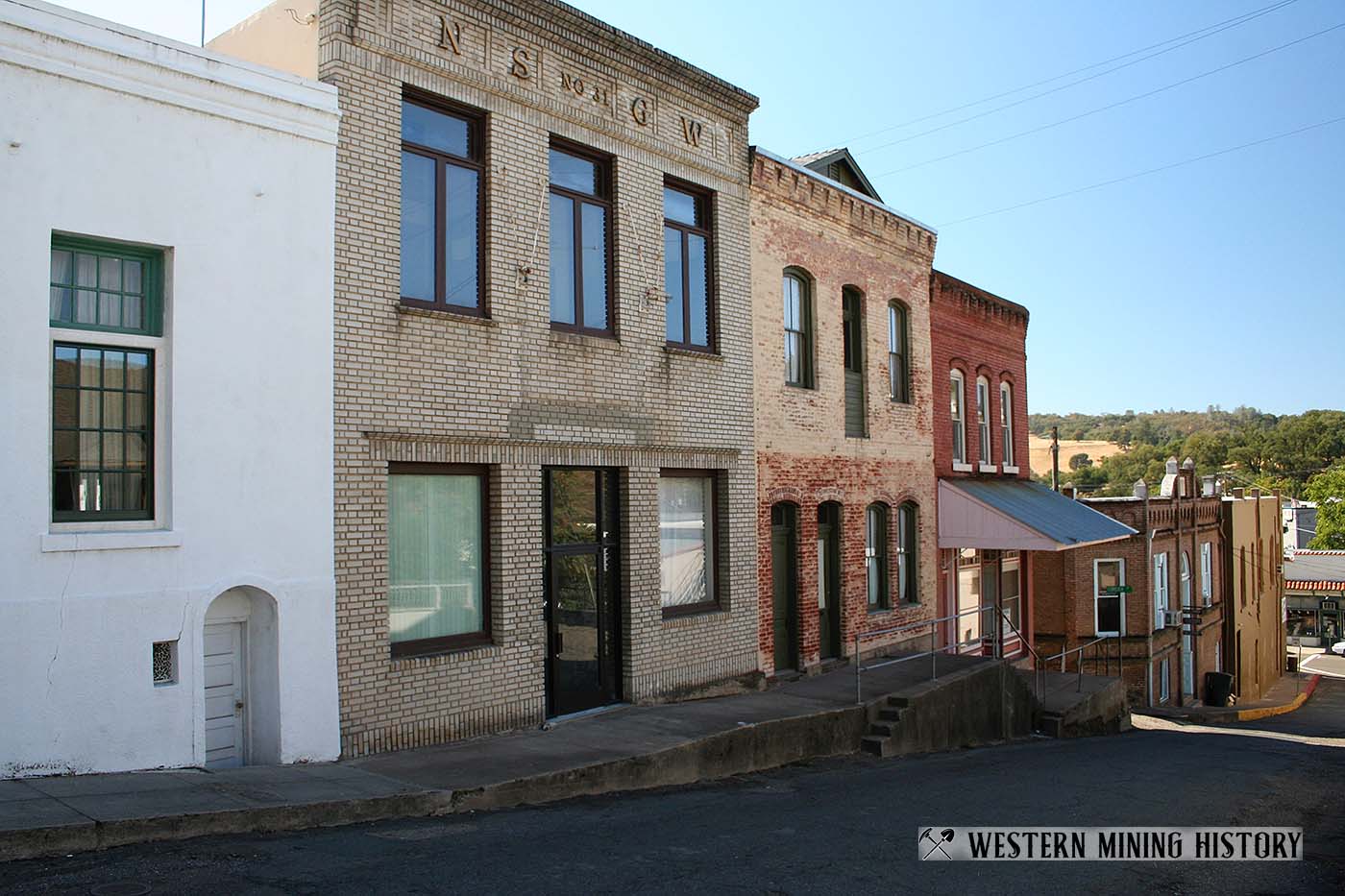Jackson History
By Jan MacKell Collins
The mining town of Jackson in Amador County (not to be confused with Jacksonville, which now lies under Don Pedro Reservoir in Tuolumne County) was originally no more than a stop along an old trail leading south from Sacramento. A spring at what would become Jackson had long been used by Northern Sierra Natives who used the area for hunting and gathering seeds, acorns and grass.
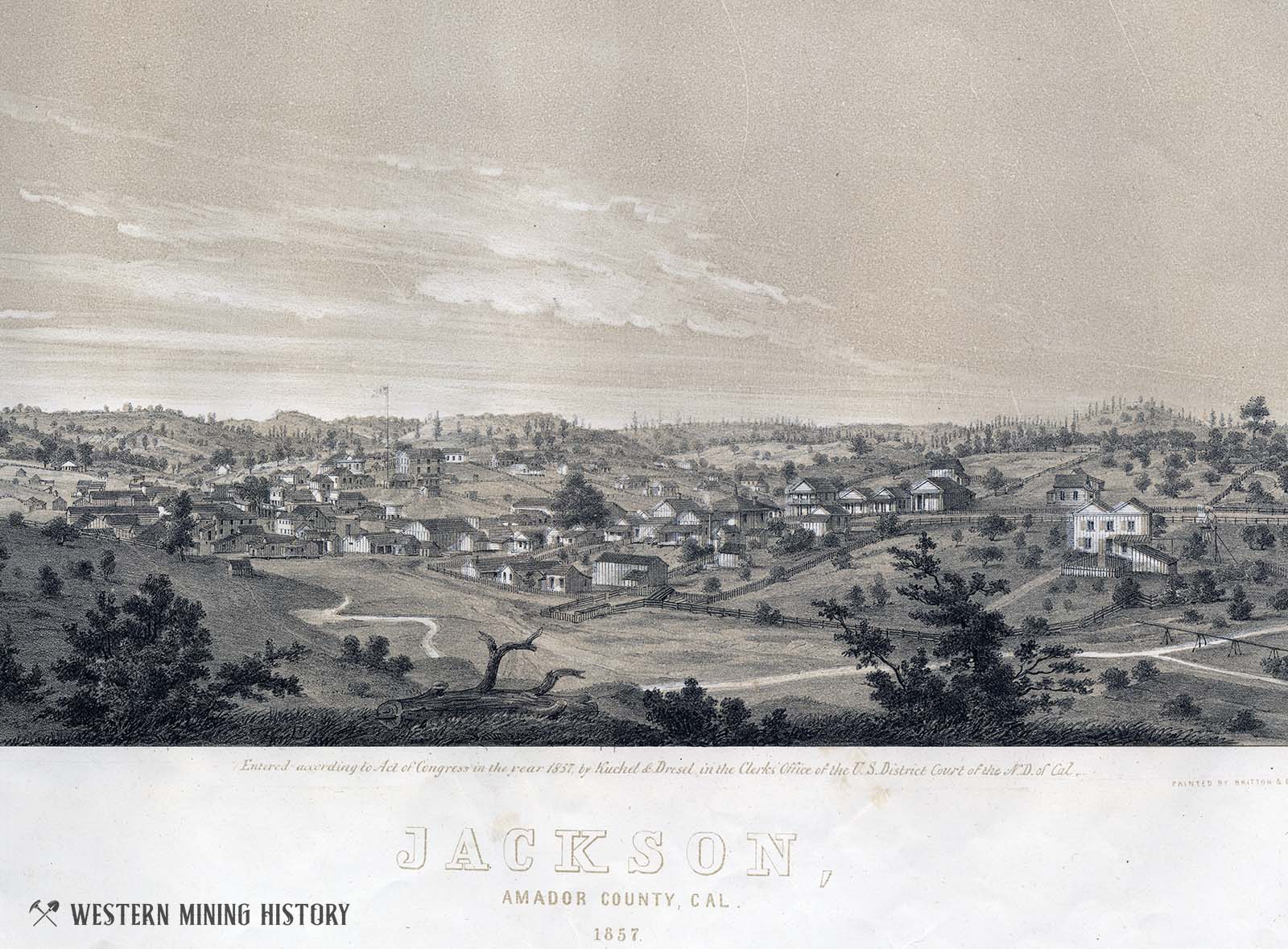
Early Spanish settlers called the camp Botellas, which translates to “bottles.” When the area was discovered by Anglo explorers, they too used the spring to water their cattle and horses before moving on.
Beginning in 1848, gold deposits in the area inspired a settlement around the spring. Within a year, Botellas was renamed Jackson after Alden Appola Moore Jackson, an attorney who happily assisted miners in staking their claims (Jacksonville was also named for him). Early Jackson served two important purposes: the camp provided supplies for area miners, and also continued serving as a rest stop for travelers.
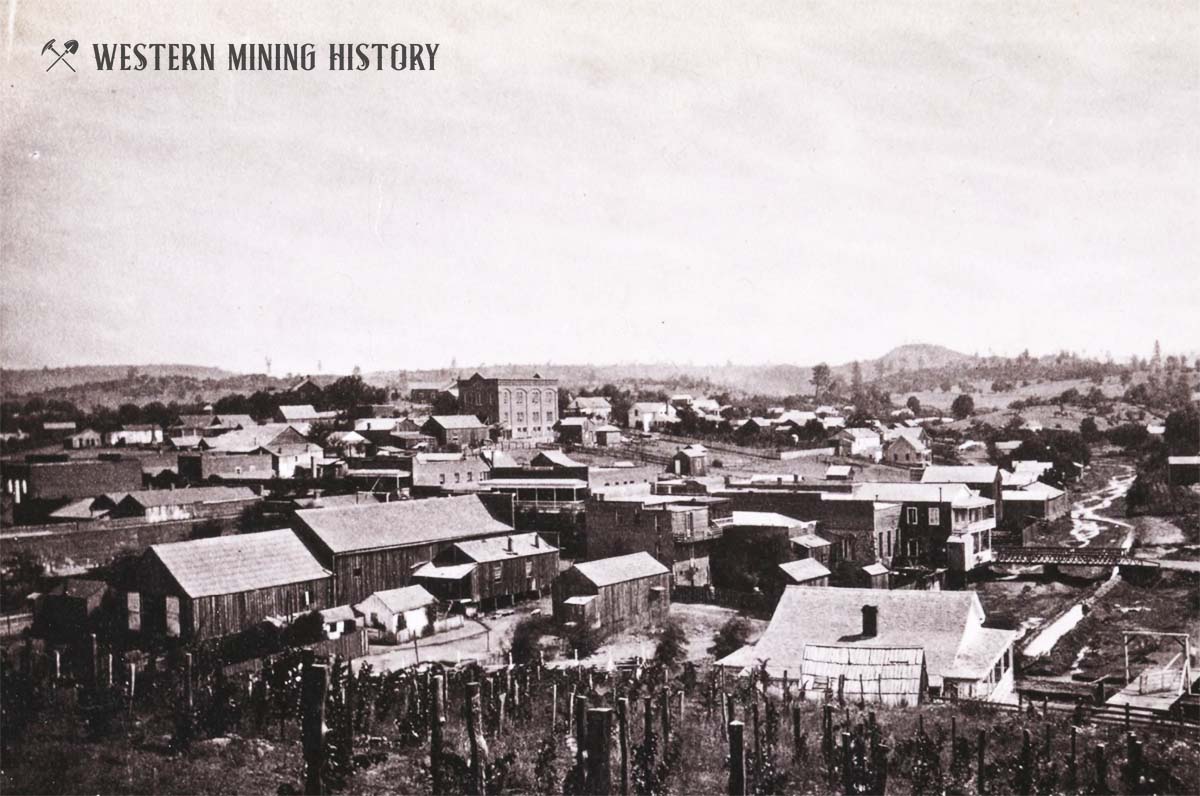
The earliest business was a trading post under a large oak tree that would eventually serve as a “hanging tree” as crime inevitably reared its ugly head. The first lynching took place during 1851. Nine more hangings would take place in just four years.
Within two years, Jackson was the county seat of what was then Calaveras County with a population of some 1,500 people. The town became a center of commerce for the mines and smaller towns of the wider area, which allowed it to remain a viable community even as the nearby placer mines began to be worked out.
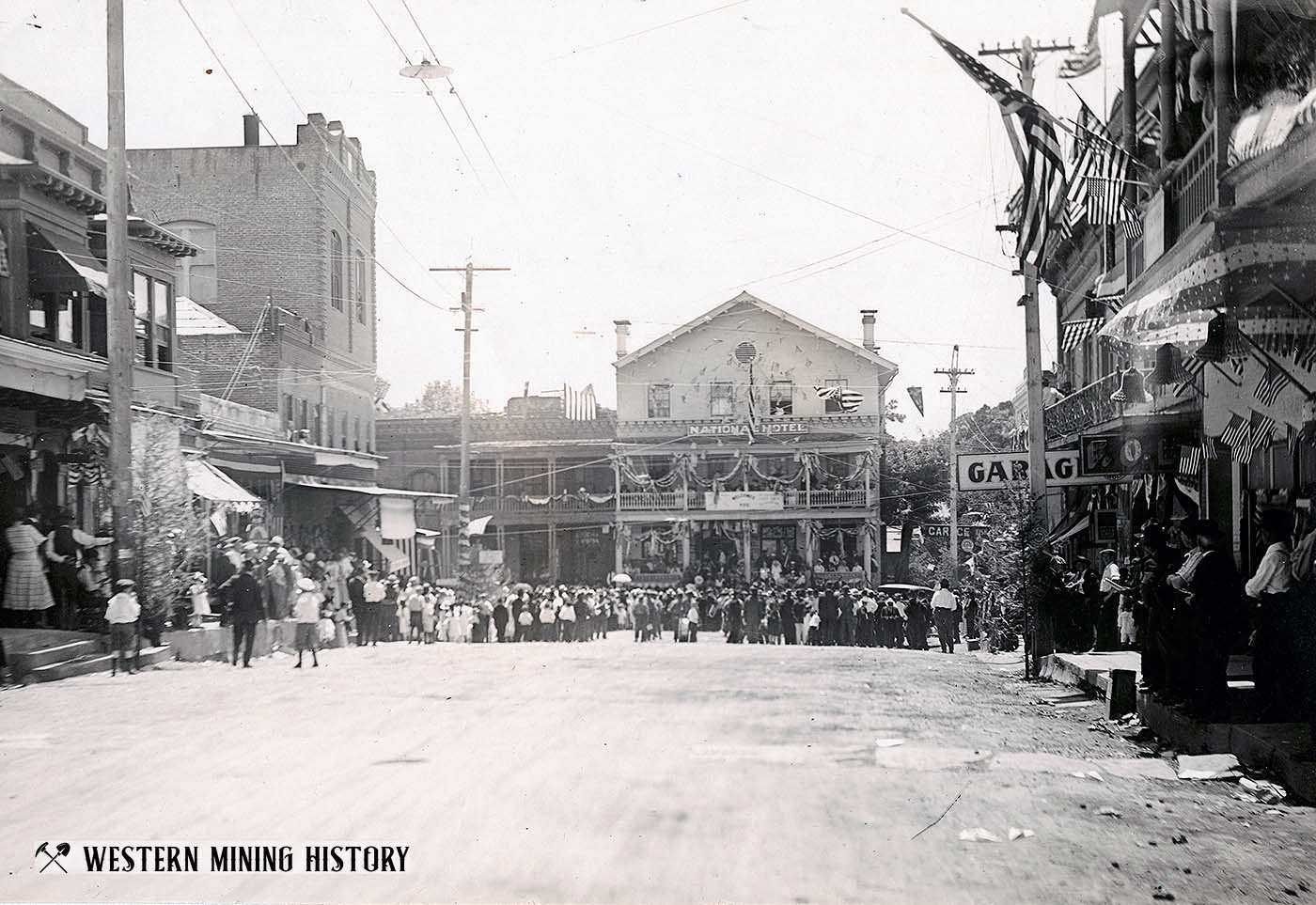
In 1852, the nearby raucous community of Mokelumne Hill tried to steal the county seat from Jackson and attempted to form its own county as well. Both efforts failed. Jackson then incorporated and remained determined to remain as the county seat no matter what county might form. The city remains the Amador County seat today.
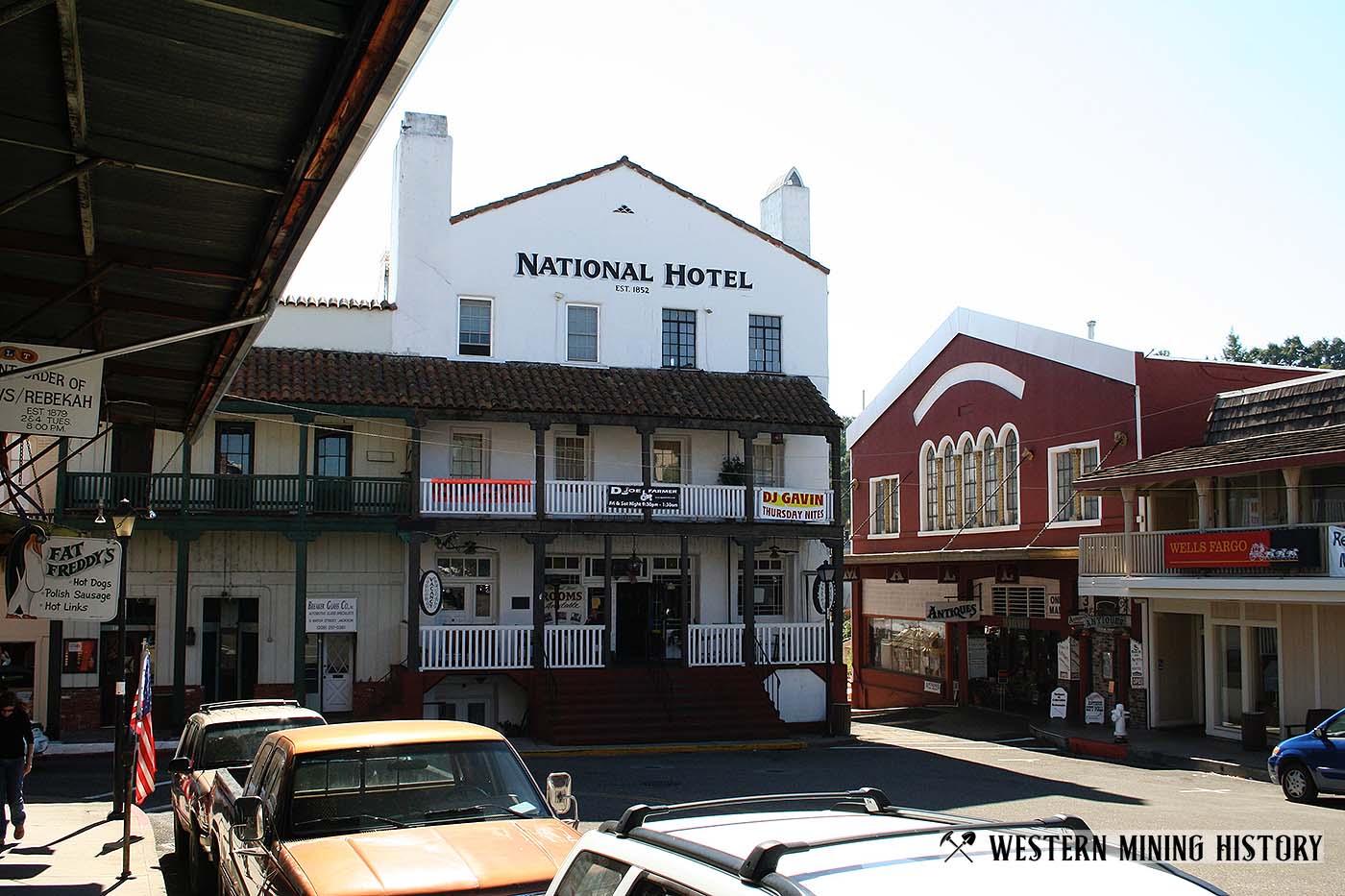
Jackson grew quickly during the 1850s. Churches, sturdy brick stores containing various businesses, a livery, and over 100 prominent homes soon dotted the city. When Amador County was formed in 1854 following a heated and rather corrupt election, Jackson remained as the county seat.
More buildings followed, including Moses Brumel’s brick building, where the Amador Lodge No. 65 F.& A.M met, and a Masonic Hall. Some of the buildings on the west side of Main Street burned in 1855 but were quickly rebuilt in brick. Notable landmarks during the late 1850’s included Wells Fargo & Co. and the Pioneer Jewish Synagogue and cemetery.
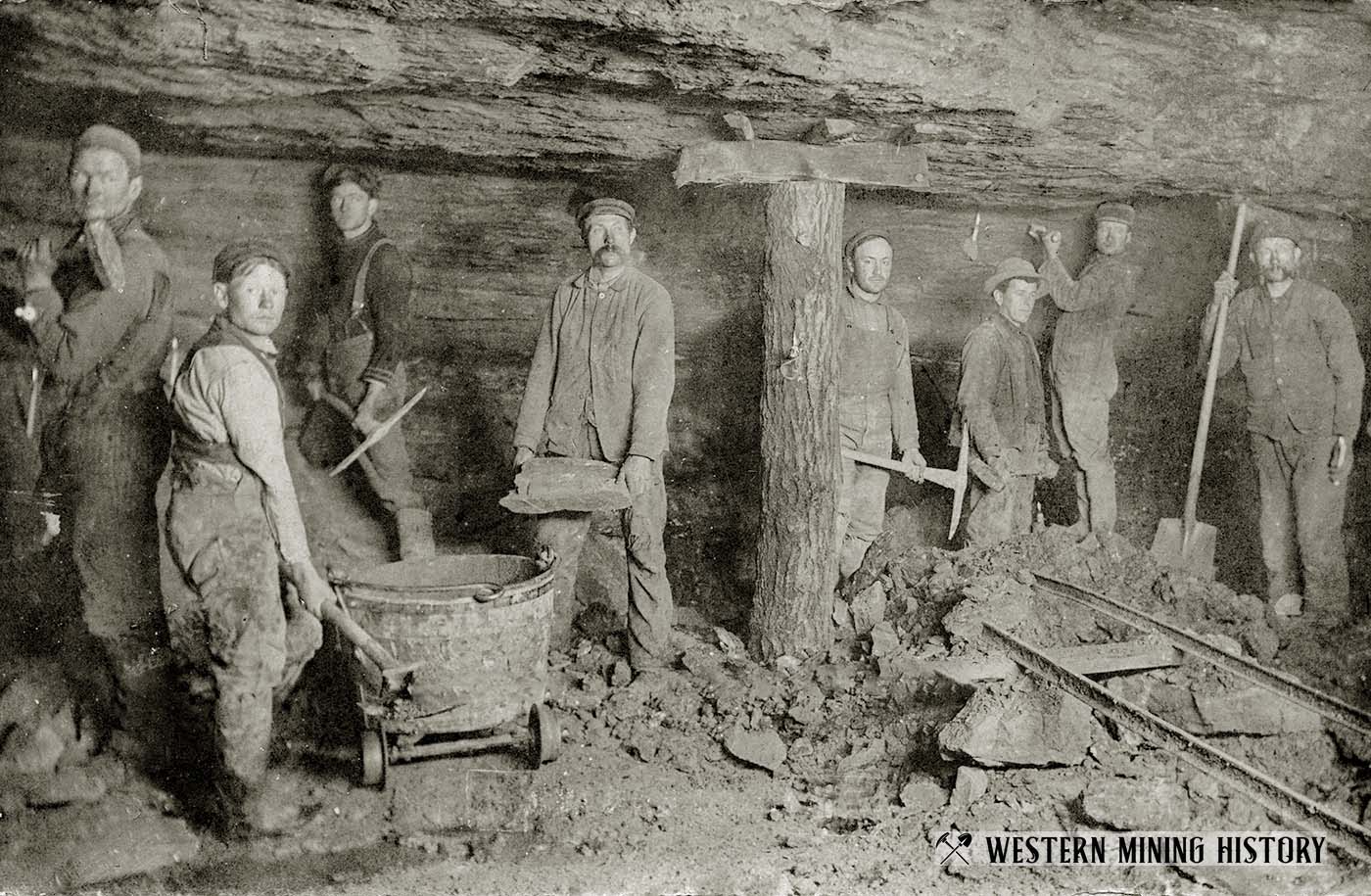
Jackson owed much of its success to the Argonaut Mine, which was first discovered in the early 1850s. In 1856 another rich mine, the Kennedy, was located. Although placer mines were largely worked out, lode mining was becoming increasingly prevalent which propped up the local economy.
In 1862 Jackson suffered a serious setback when a fire started at a combination express agency and assay office on Main Street. Gone were the courthouse and many businesses along Main, Summit and Water Streets. Jackson remained resilient, however, as fine brick buildings replaced the flimsy wooden structures that burned. A new courthouse was completed in 1864.
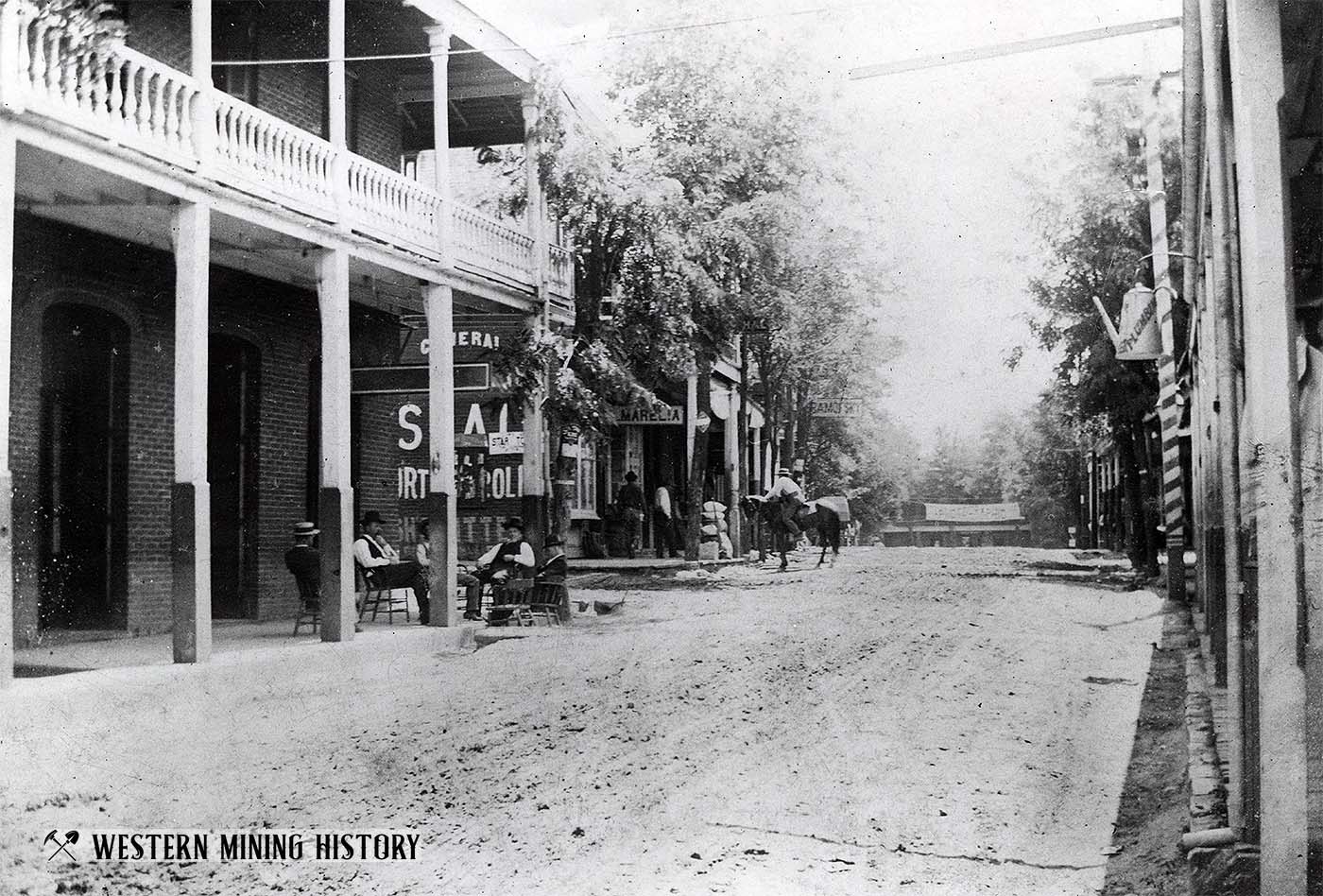
Jackson remained a viable mining center for many more years, but it wasn’t until the 1890’s that the Argonaut, the Kennedy and another mine, the Zeile, ran into valuable ore at depth, which greatly stimulated the local mining industry. More people, including miners but also gamblers and bawdy women, flocked into town.
As of 1900 Jackson featured five boarding houses, four hotels, three churches, three newspapers, and several physicians and dentists for the population of over 3,000 people.
Tragedy struck Jackson on August 27, 1922 when a fire in the Argonaut mine killed 47 miners. It is difficult to imagine the horror the miners must have felt, most of them immigrants from Europe, who were trapped 4,650 feet below ground when the fire broke out at the 3,000 foot level. It was the worst gold mine disaster in American history.
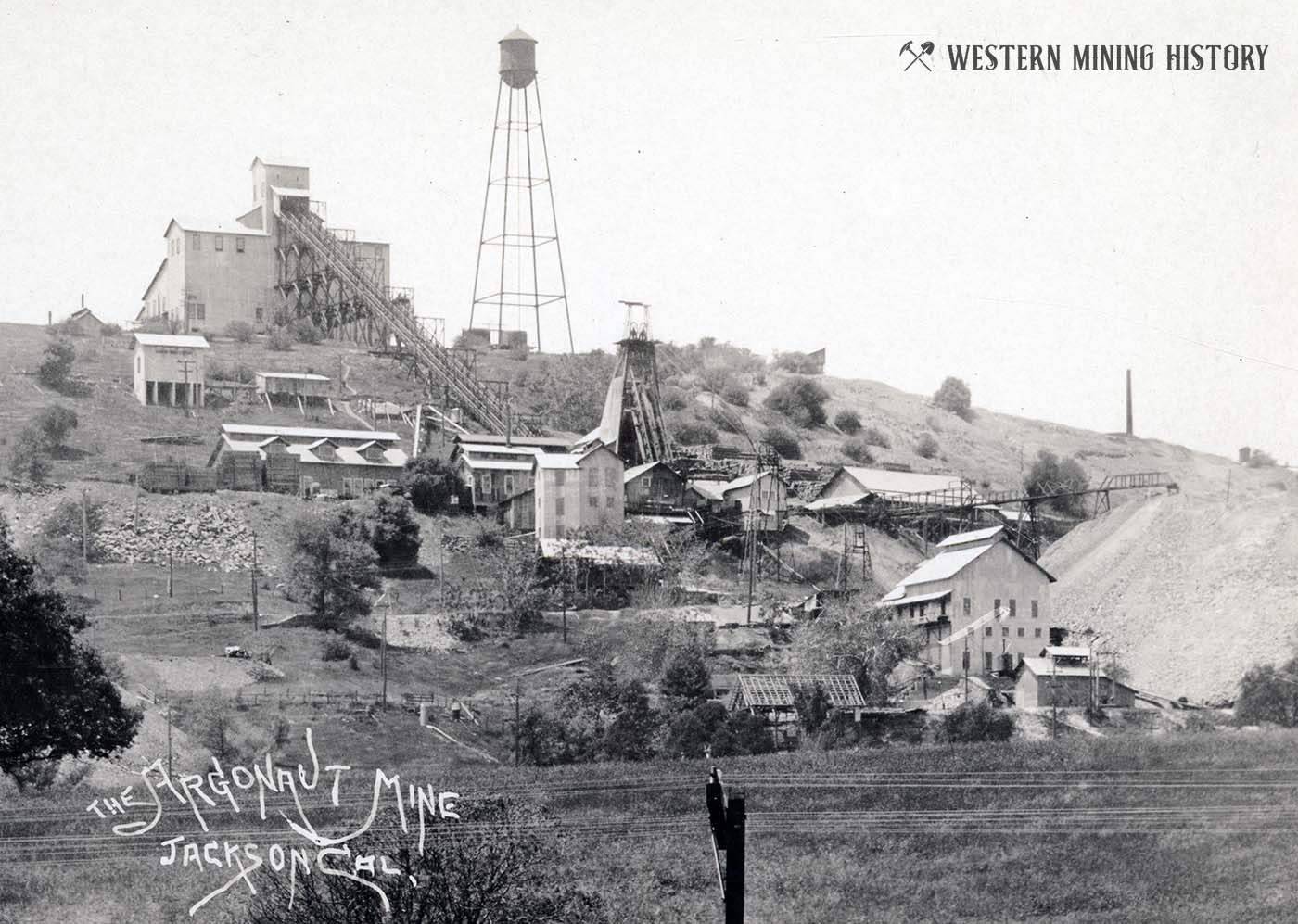
With the onset of World War II, gold mines across the country were shut down by government order, and Jackson's status as a gold mining center was over. Within a decade, gambling was outlawed, as well as the red-light ladies who had entertained miners and other men for decades. Jackson eventually evolved into the quaint little town it is today, with much history to share in dozens of historic buildings.
Two events that occurred during the 1960’s illustrate why Jackson remains on the map as a premier historic town to visit. Local legend states that actor John Wayne visited the town in February of 1963. After drinking with a couple of buddies at the Wells Fargo Club, the threesome proceeded to the historic National Hotel where they openly engaged in an illegal game of stud poker. Notable is that Wayne lost a sizeable chunk of money.
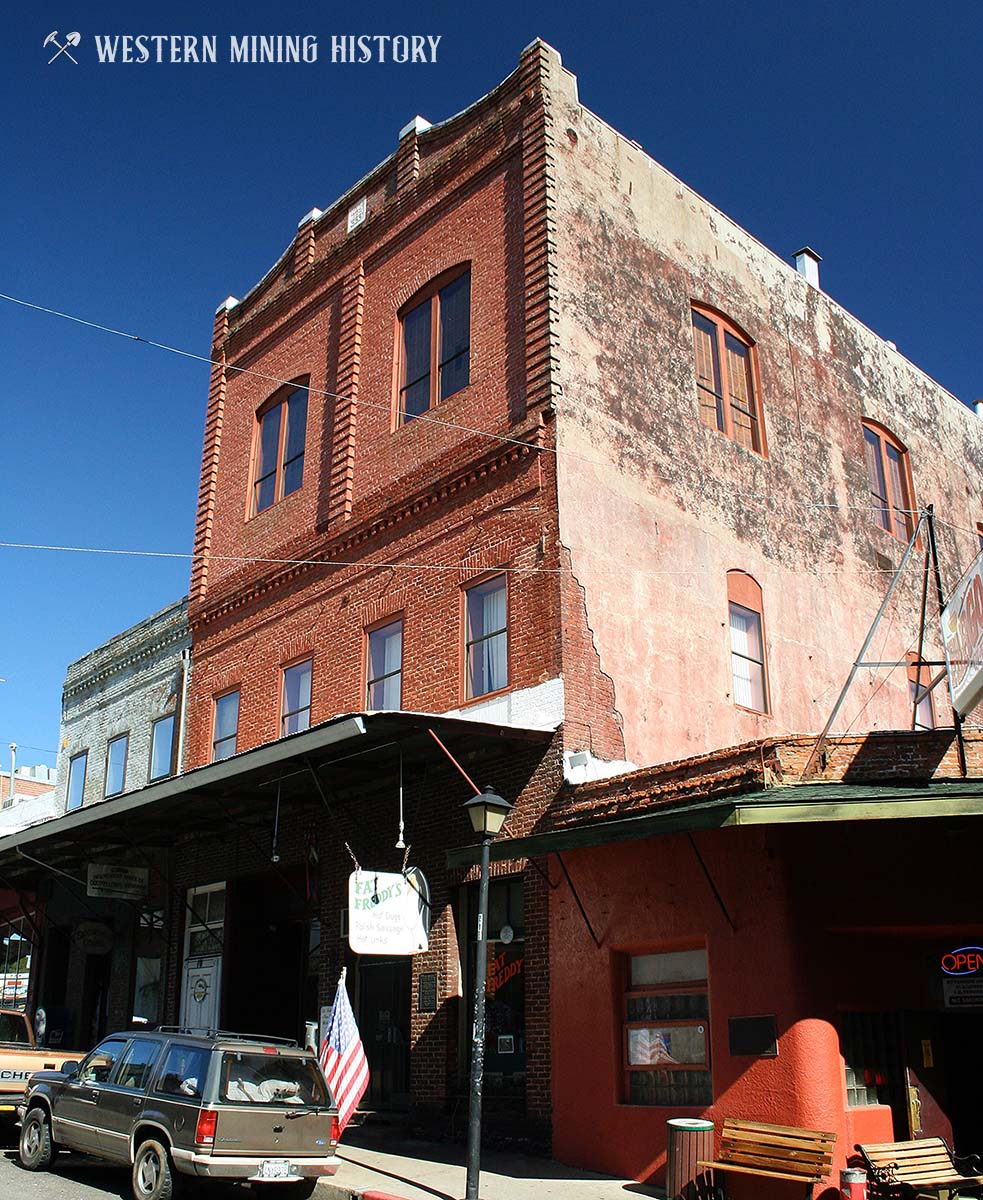
The other event occurred on Valentine’s Day in 1968, when a heart-shaped plaque in the vicinity of Jackson’s old red-light district was installed in the sidewalk. The gesture was the city’s way of recognizing the gold rush’s bawdy women who kept so many lonely miners and other men entertained during Jackson’s wilder and woolier days. The heart was removed under protest, but it can still be seen at the Amador County Museum in Jackson.
Gold Mining Legacy
Jackson's three primary gold mines – Eureka, Kennedy, and Argonaut – cumulatively extracted over 4.5 million ounces of gold, or around $90 million worth based on the value of gold back then which was around $20 per ounce. This production constitutes over 50% of the total gold retrieved from all of Amador County.
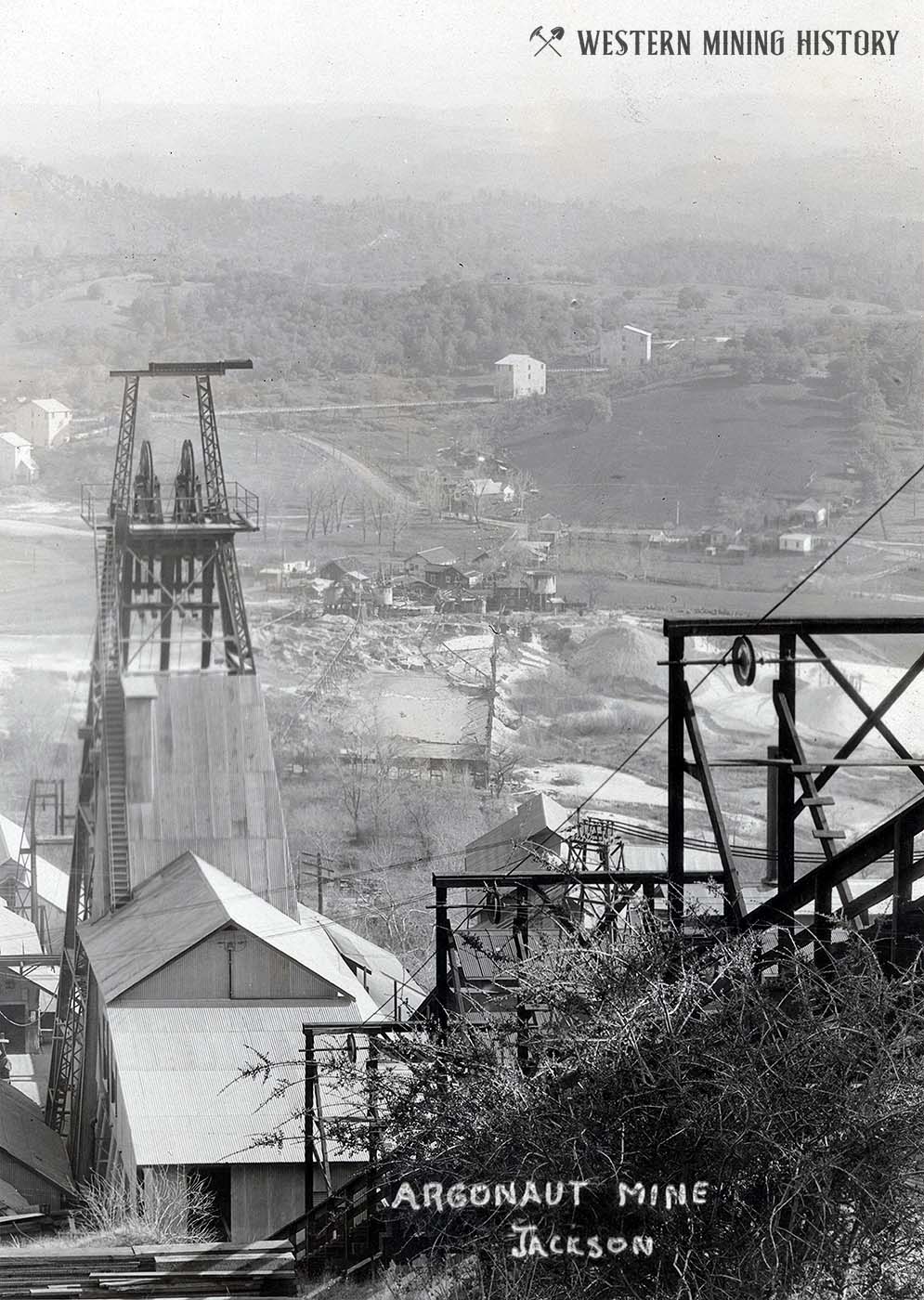
This district, known as the Jackson-Plymouth, was the most productive district of the Mother Lode belt. Both the Argonaut and Kennedy mines had shaft depths surpassing 5,900 feet below the ground, making them some of the deepest mines in the United States.
It All Started With The Gold Rush
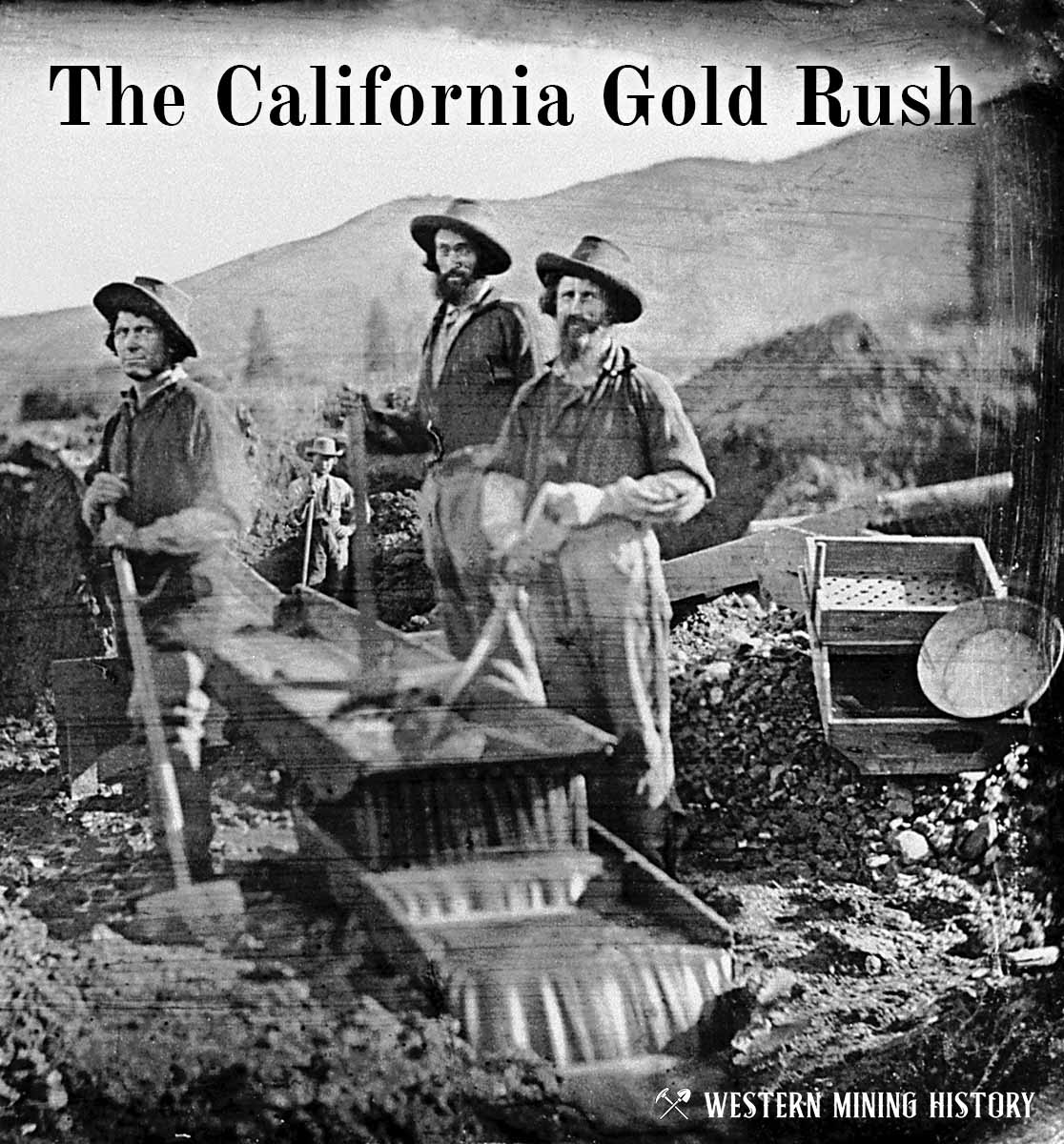
The great California Gold Rush kicked off the entire saga of western mining. Read about it at The California Gold Rush.
California Gold

"Where to Find Gold in California" looks at the density of modern placer mining claims along with historical gold mining locations and mining district descriptions to determine areas of high gold discovery potential in California. Read more: Where to Find Gold in California.
